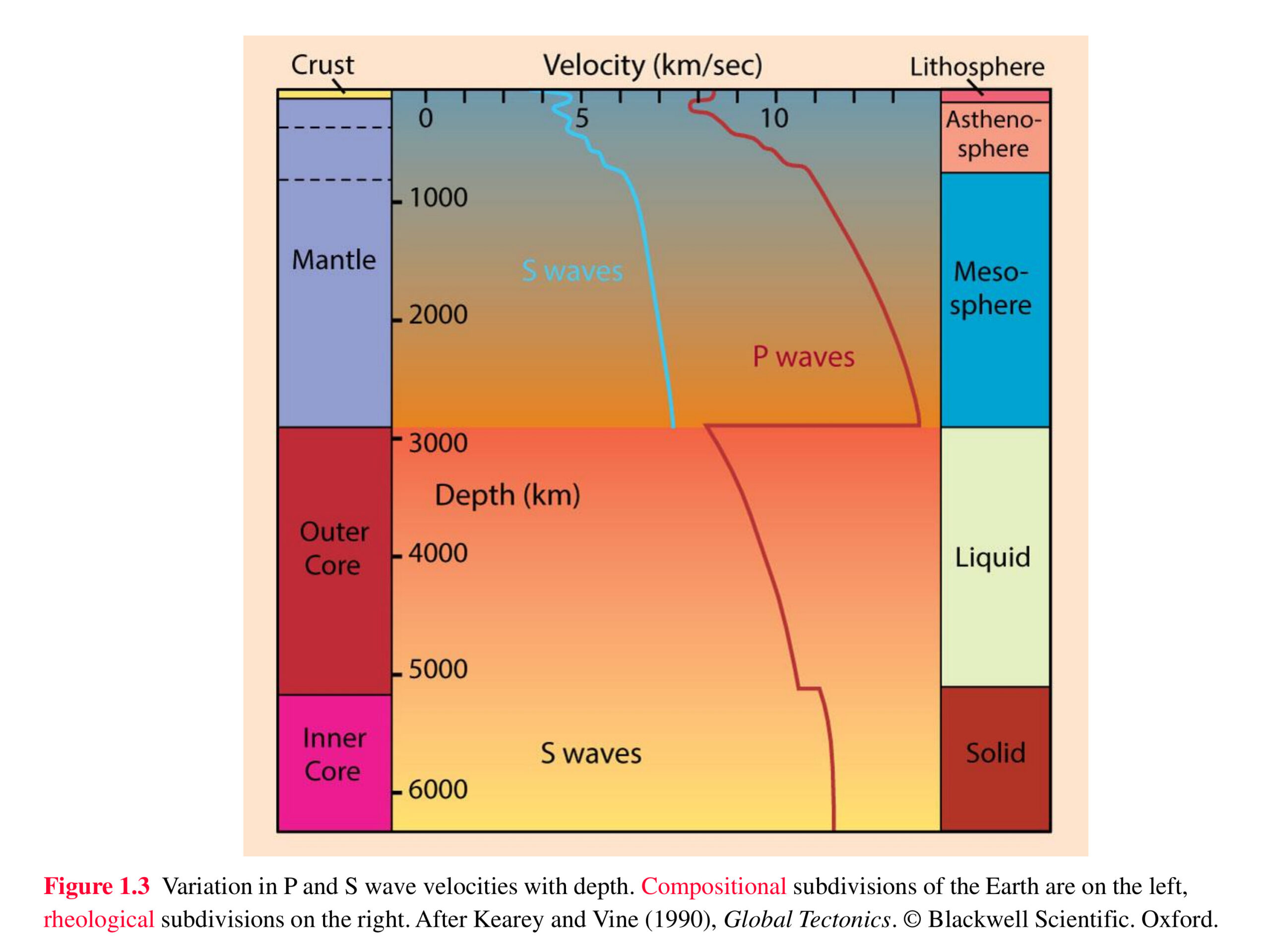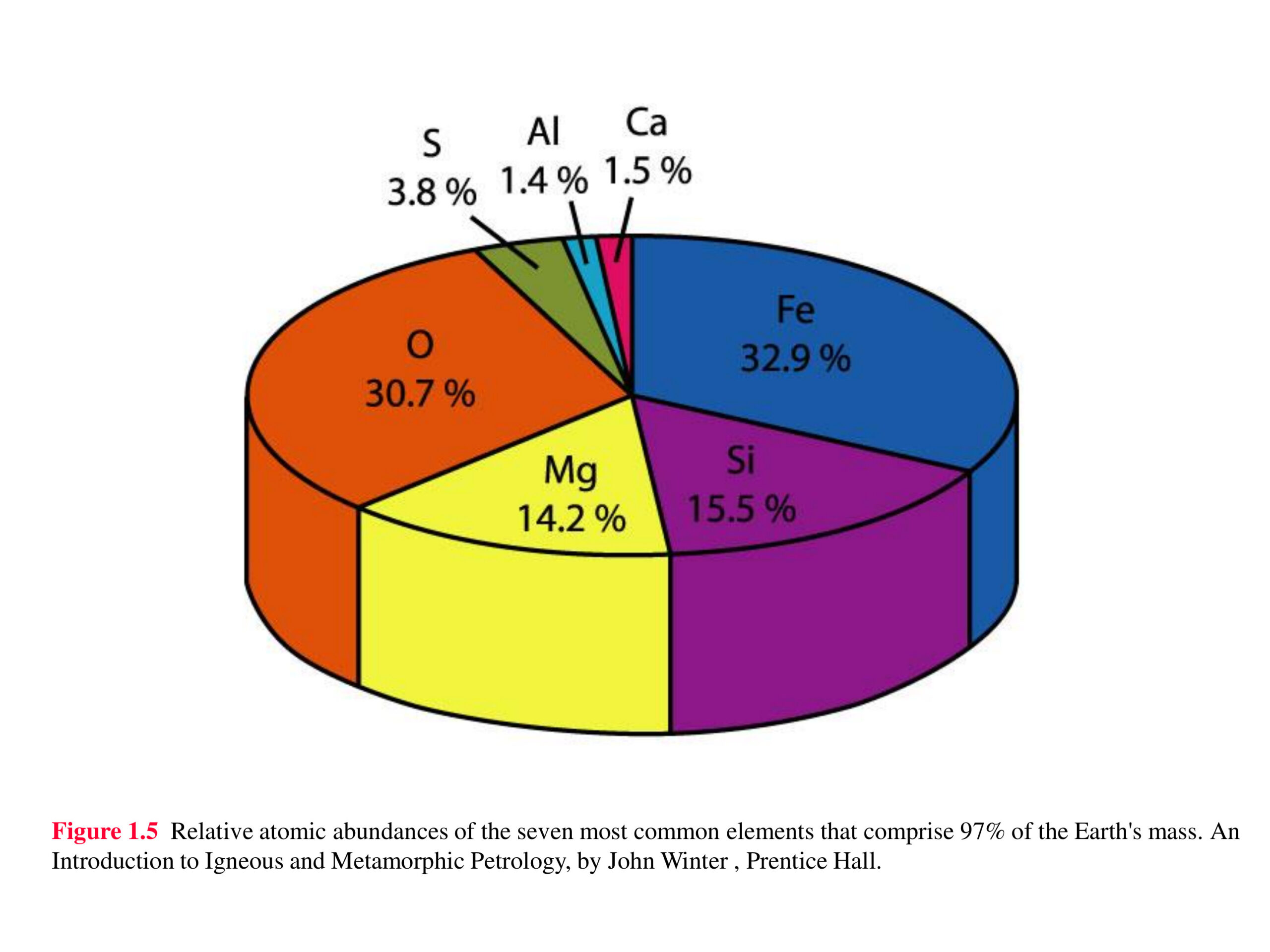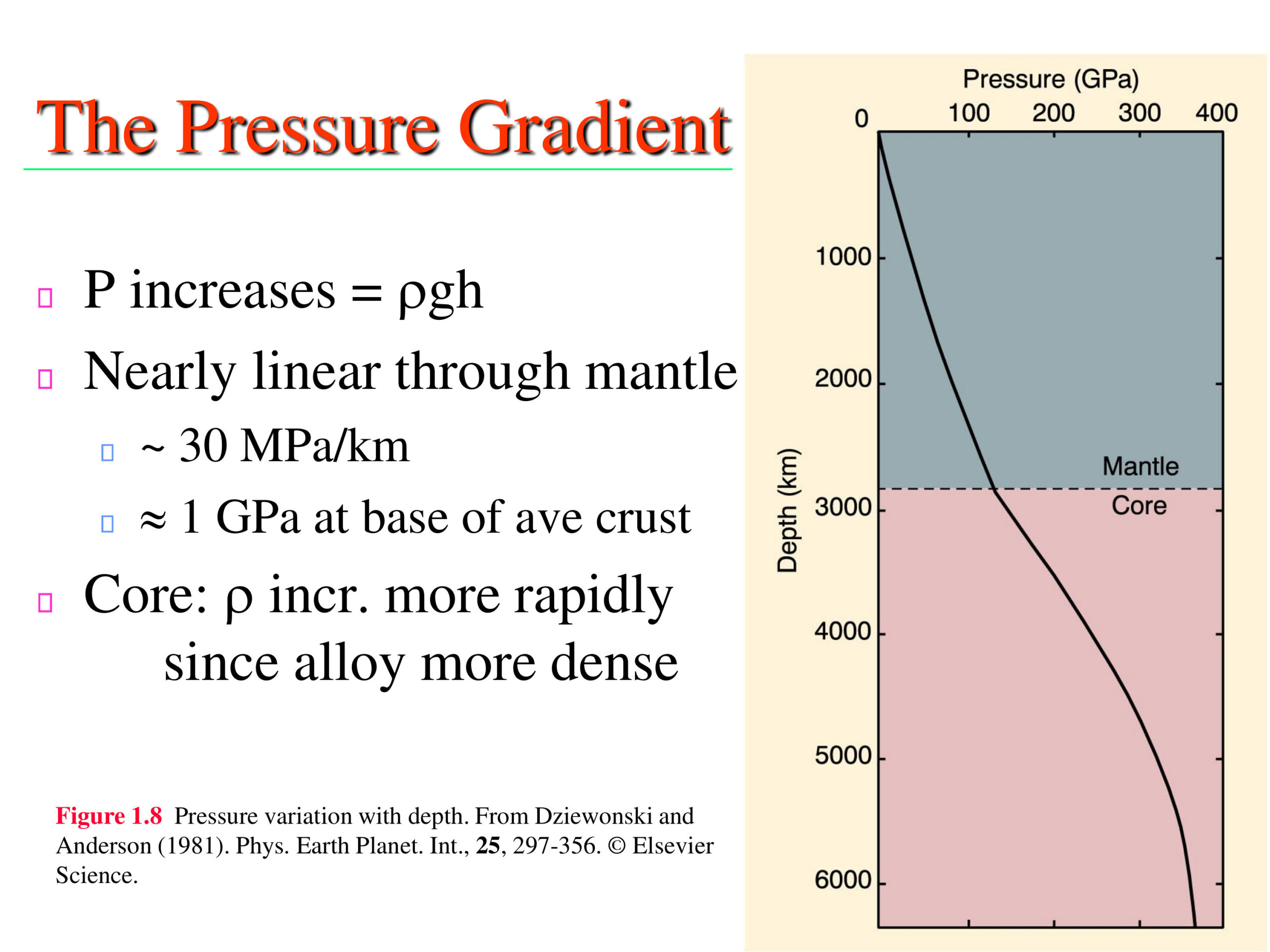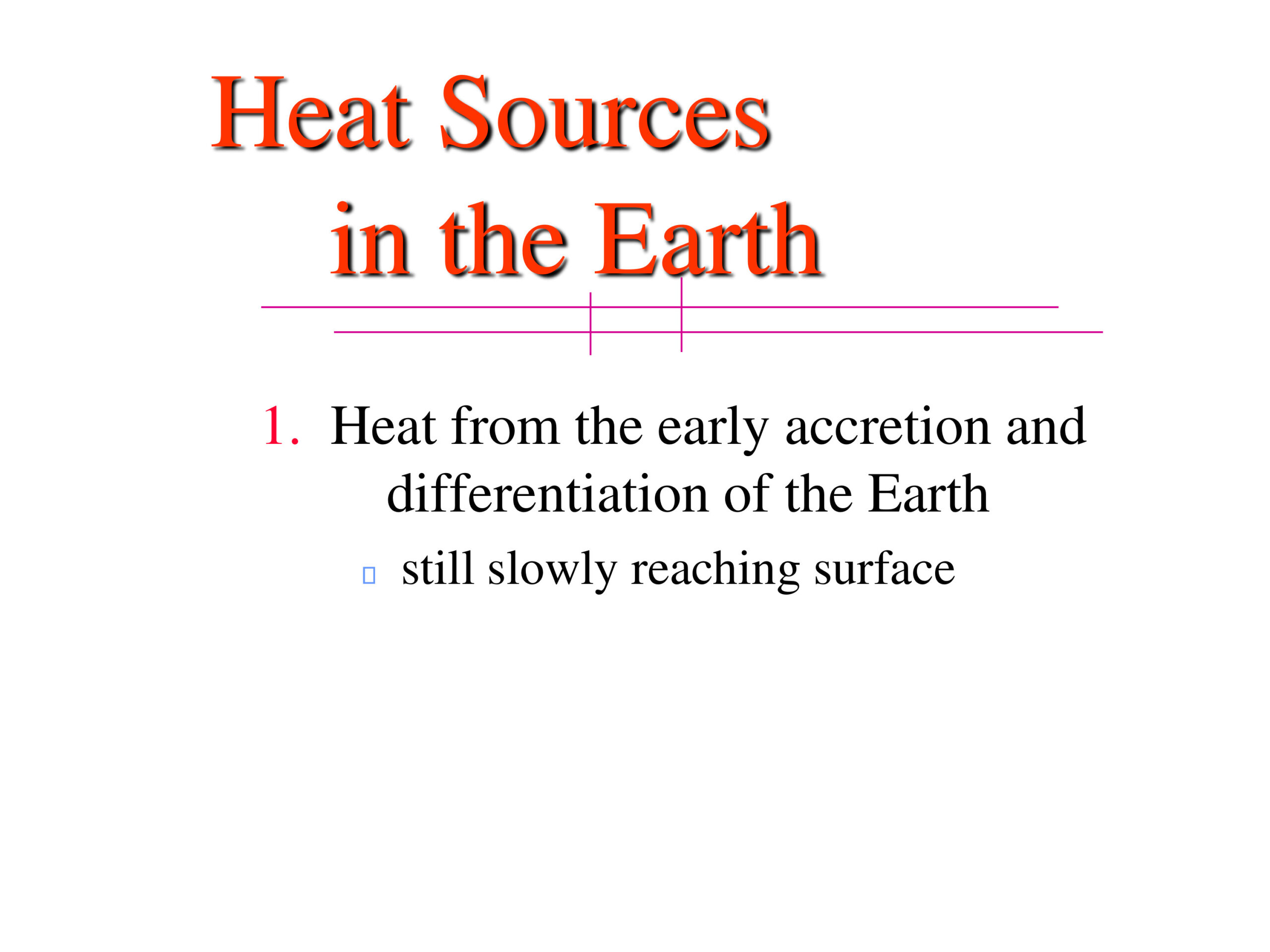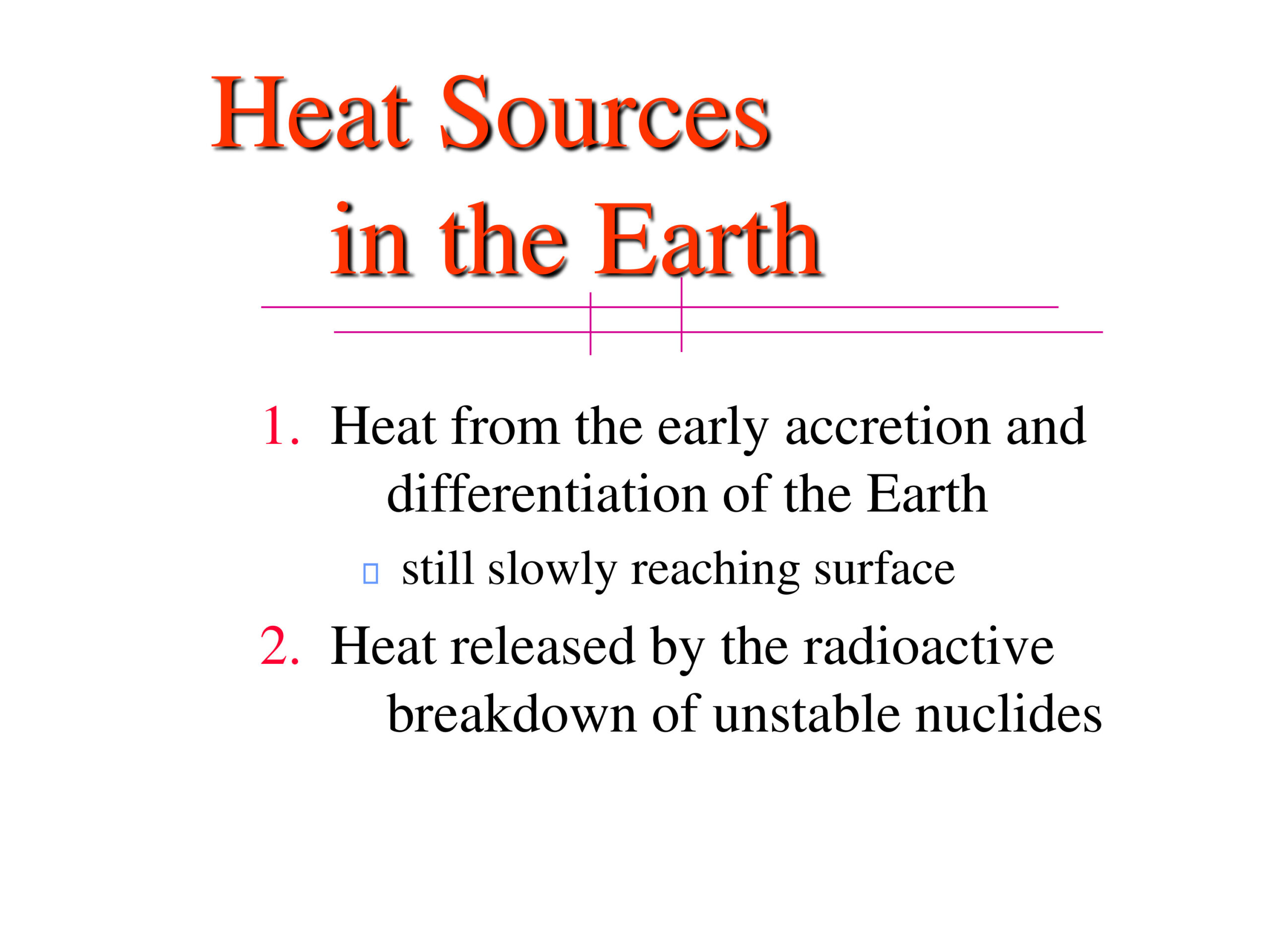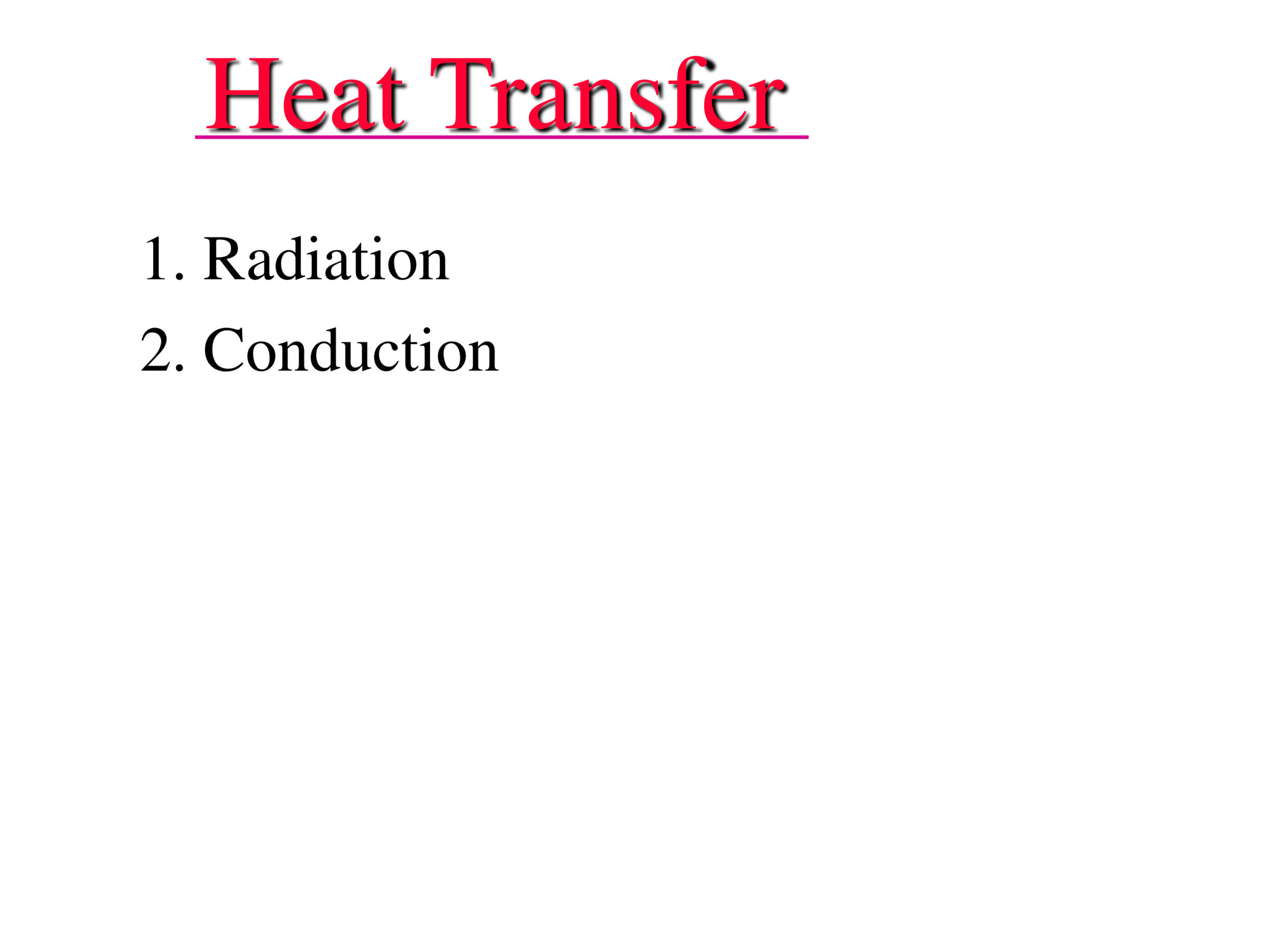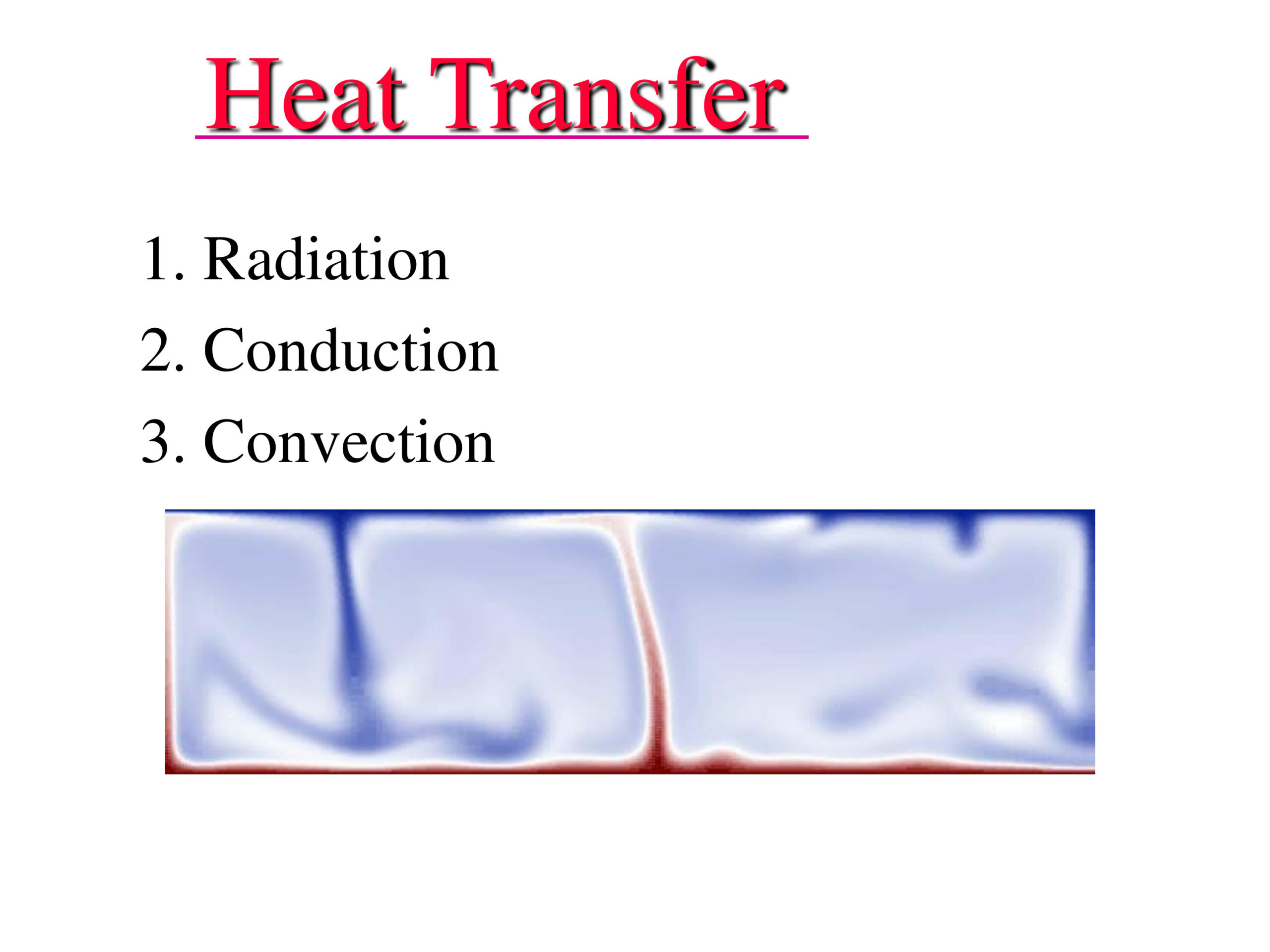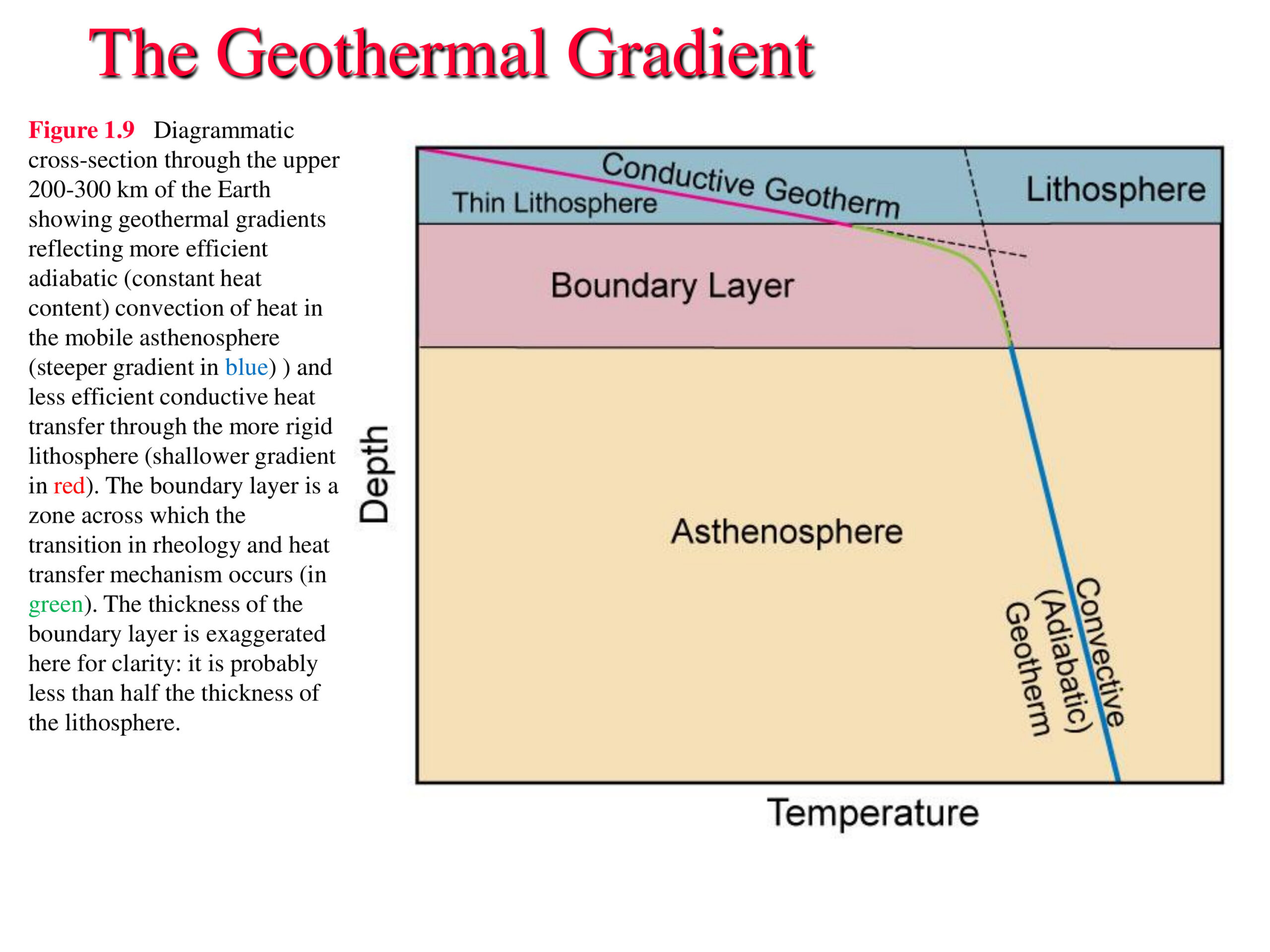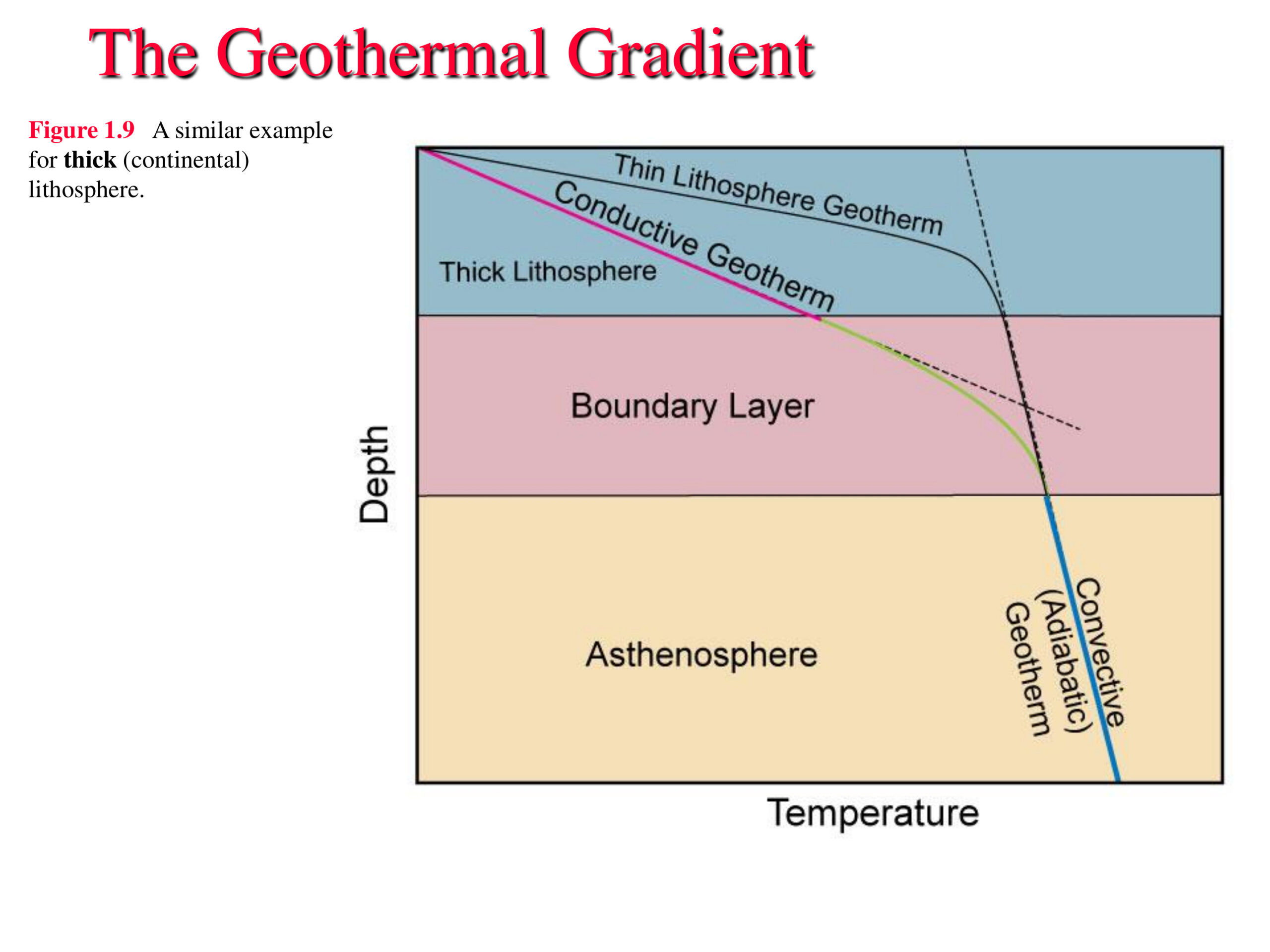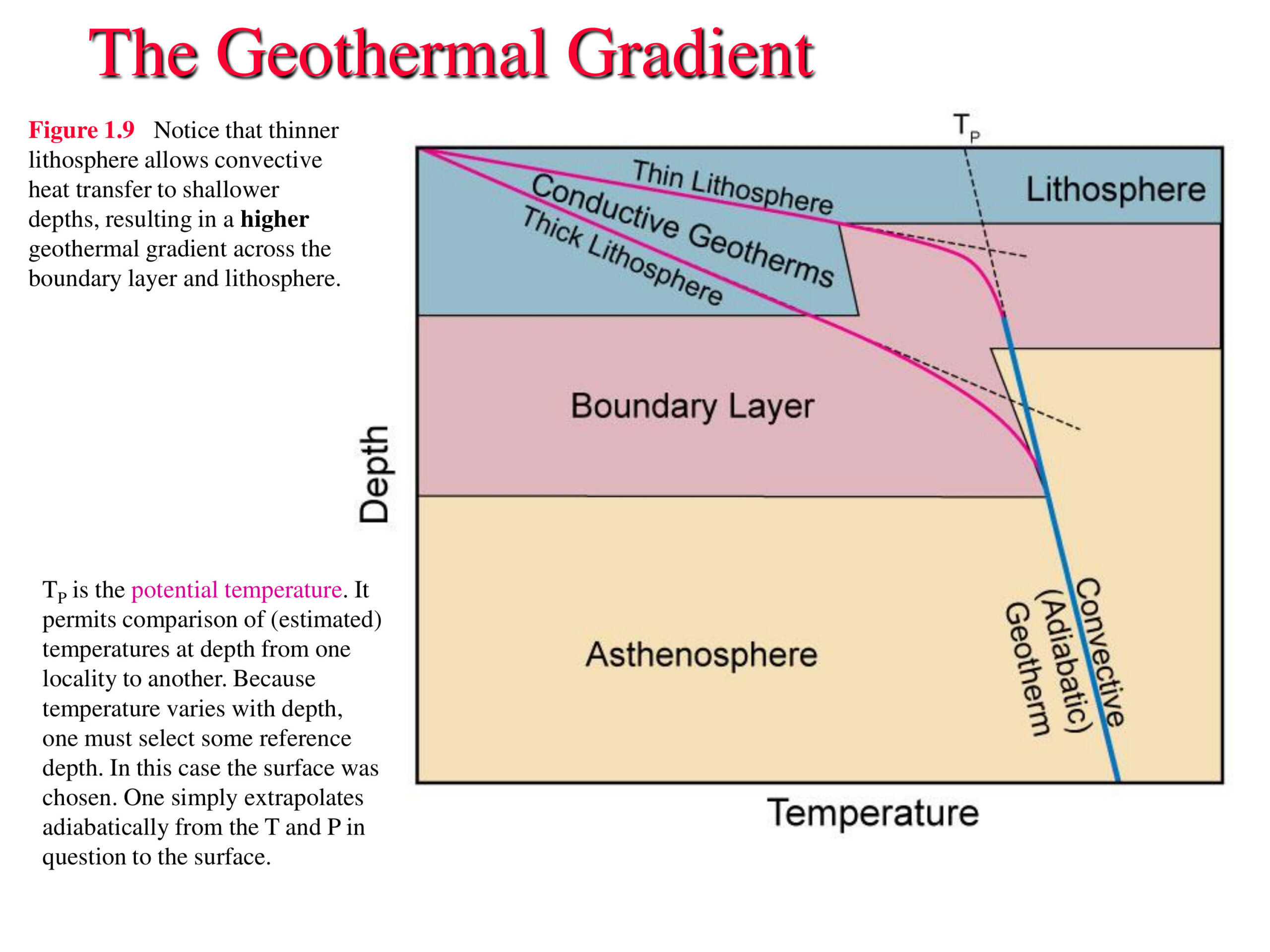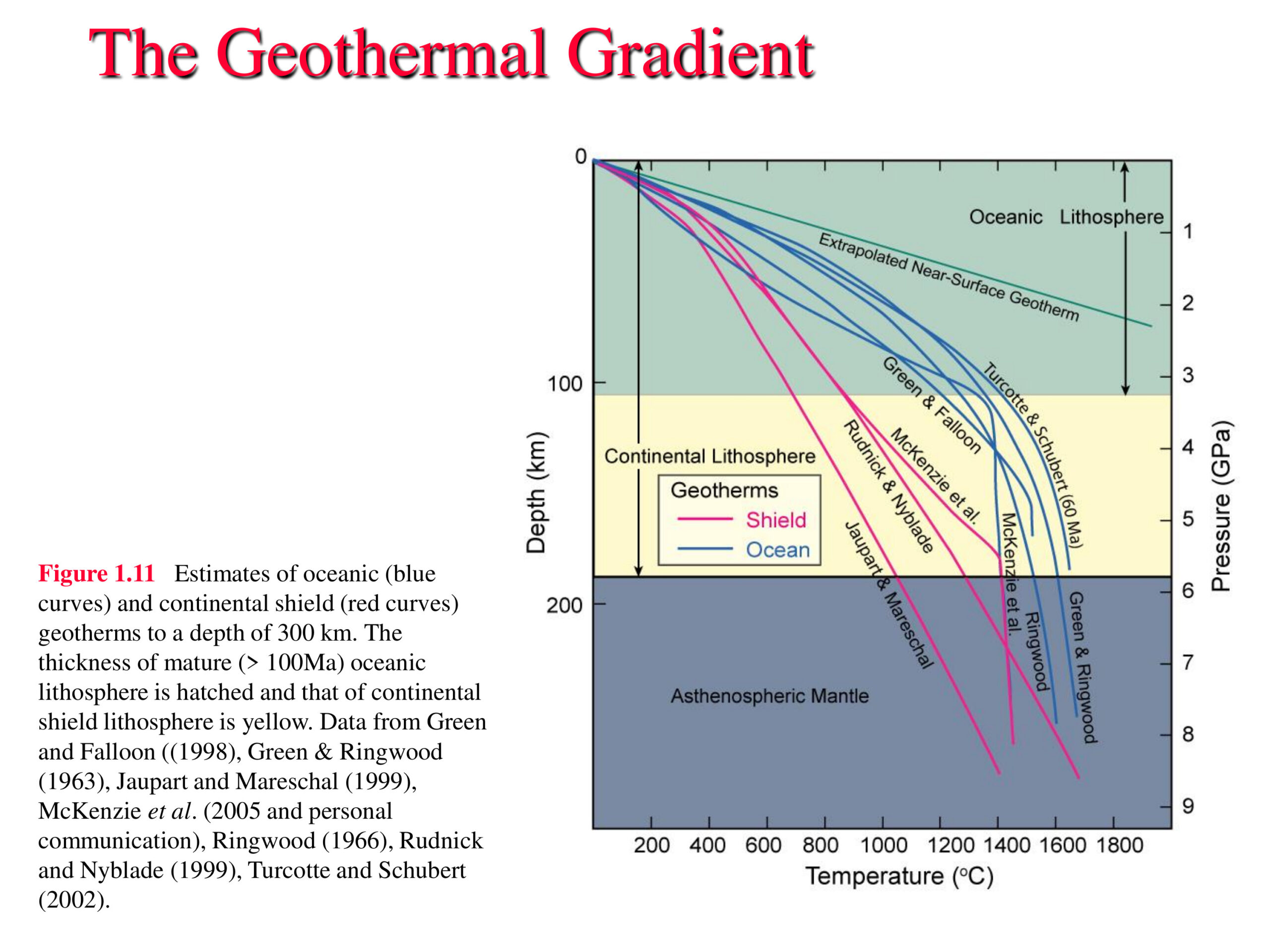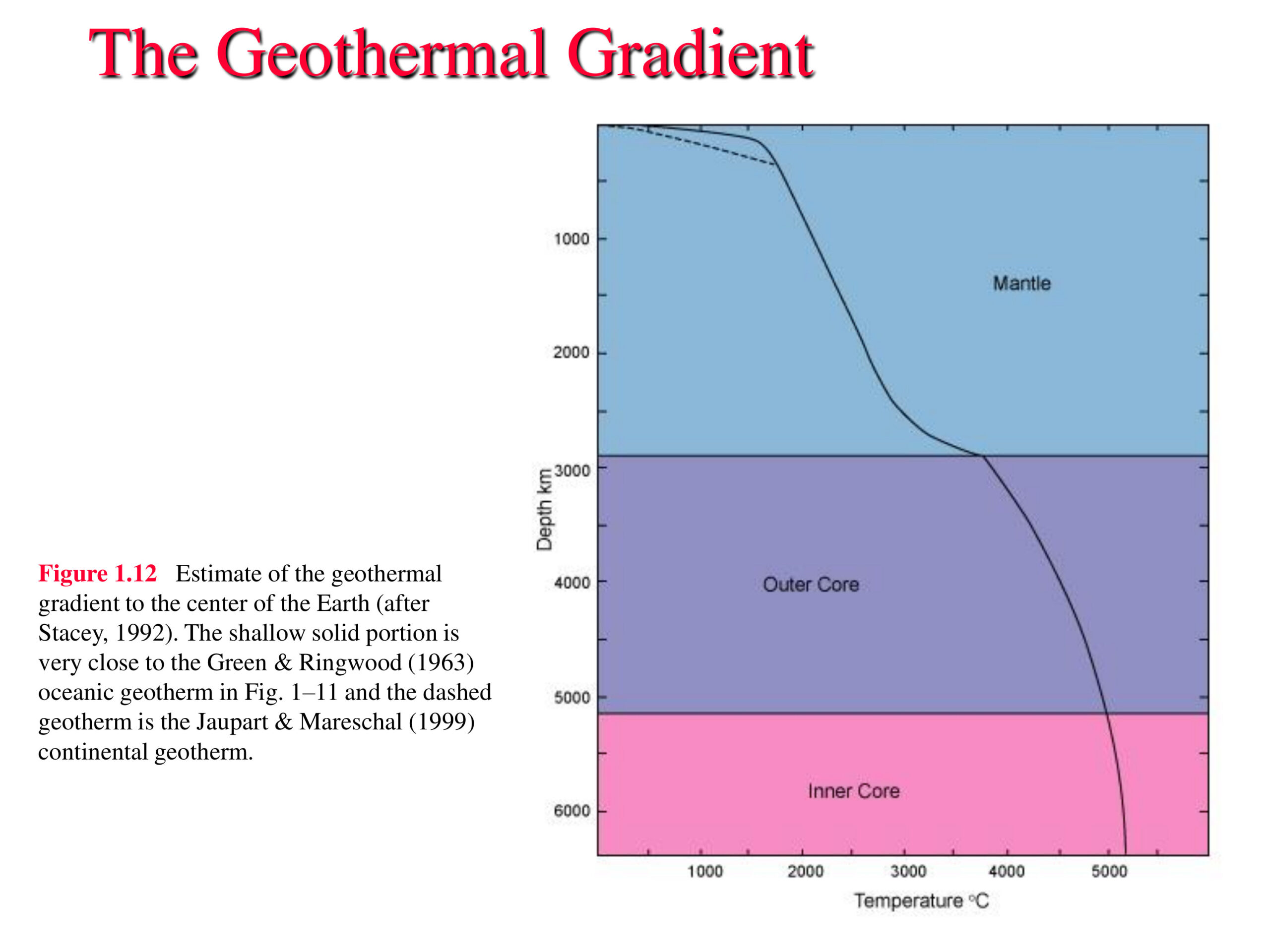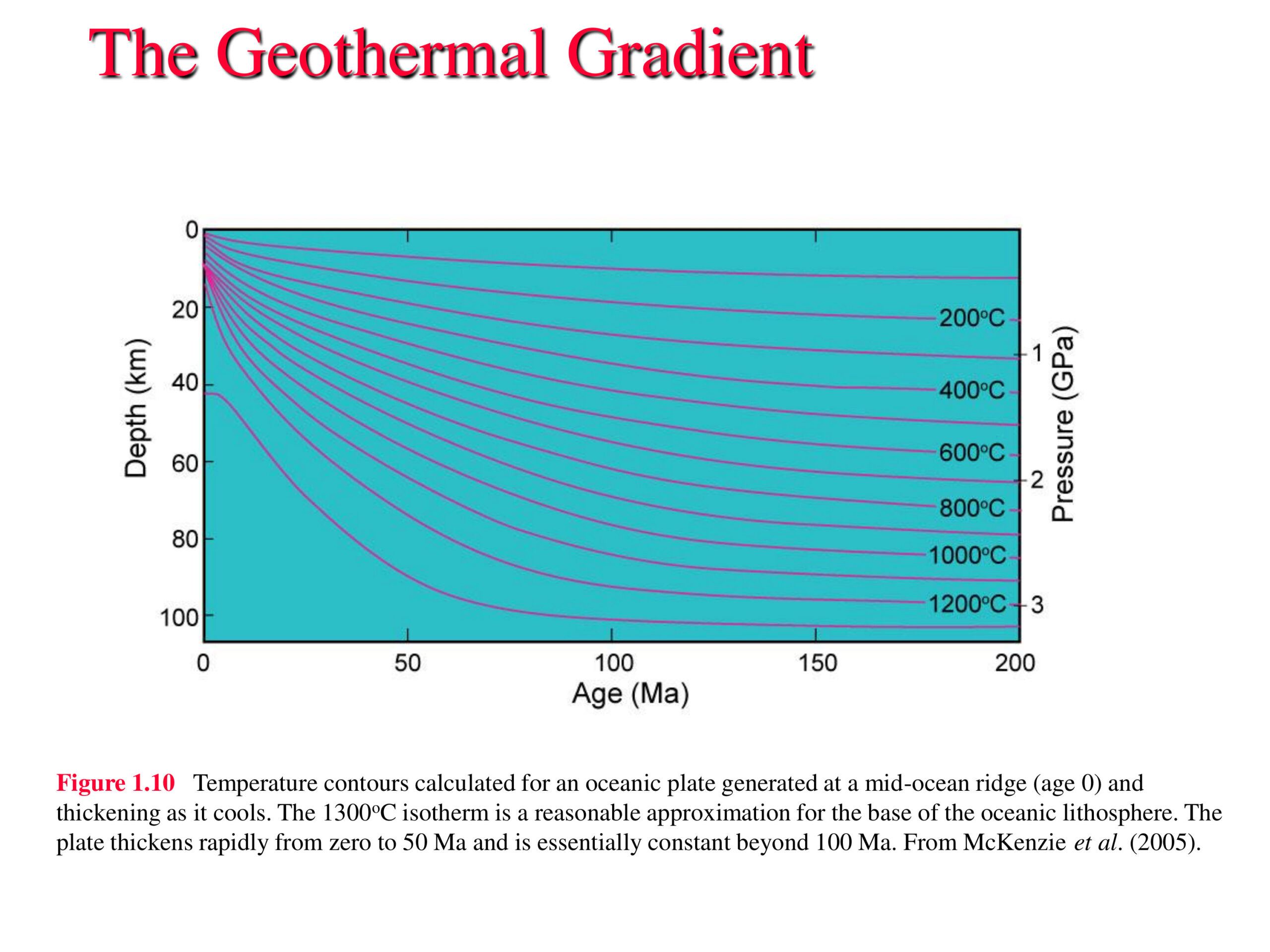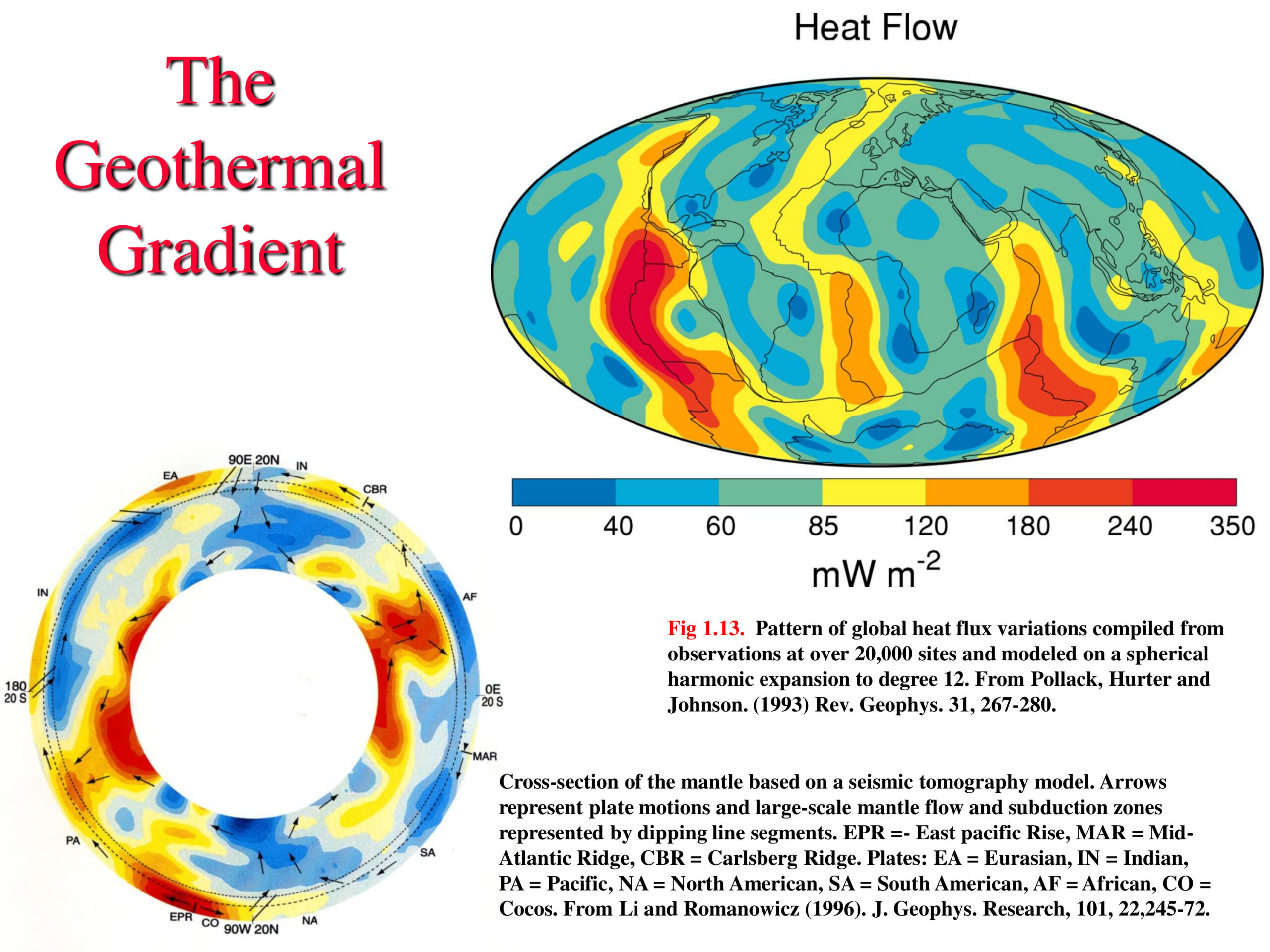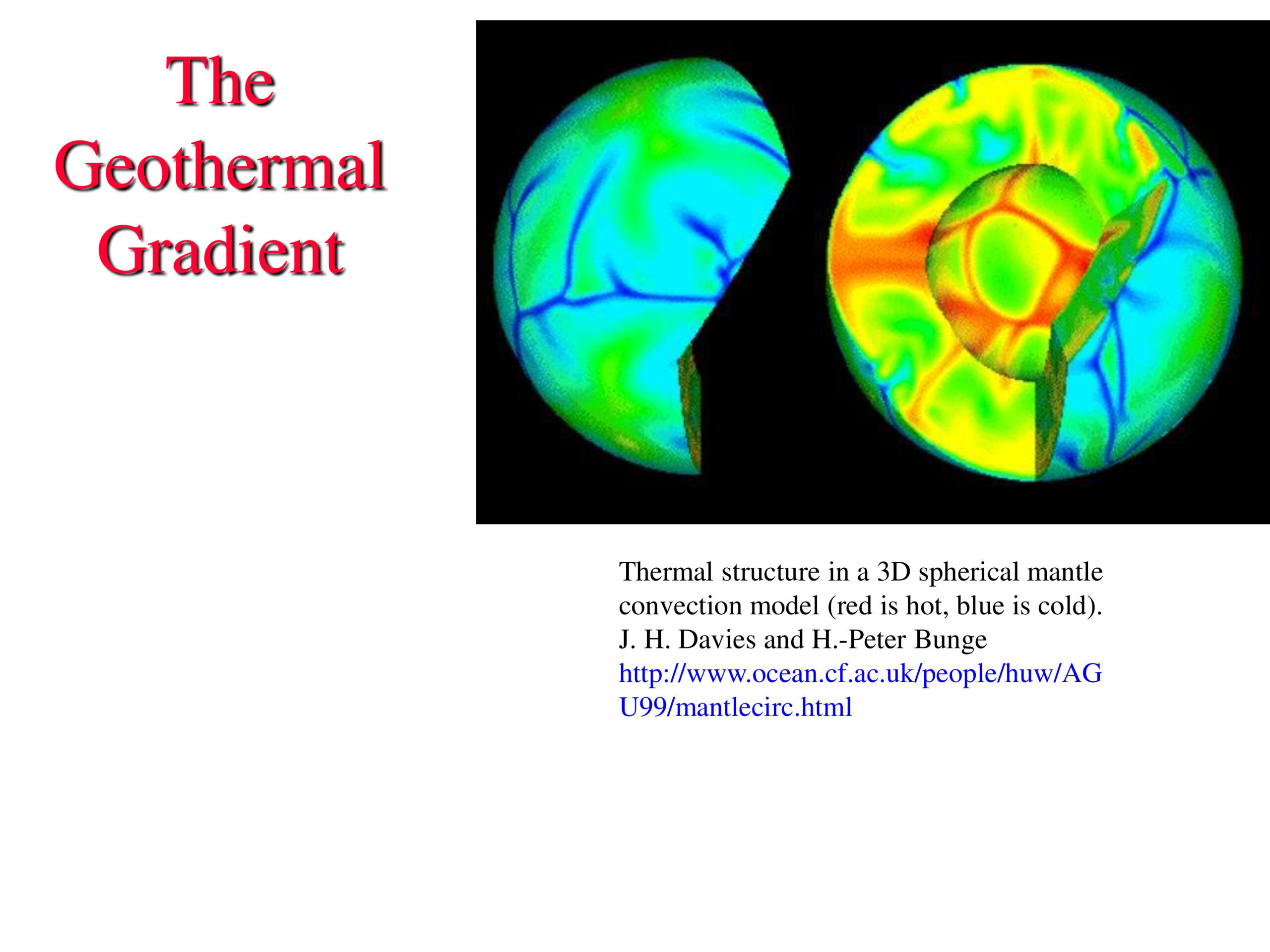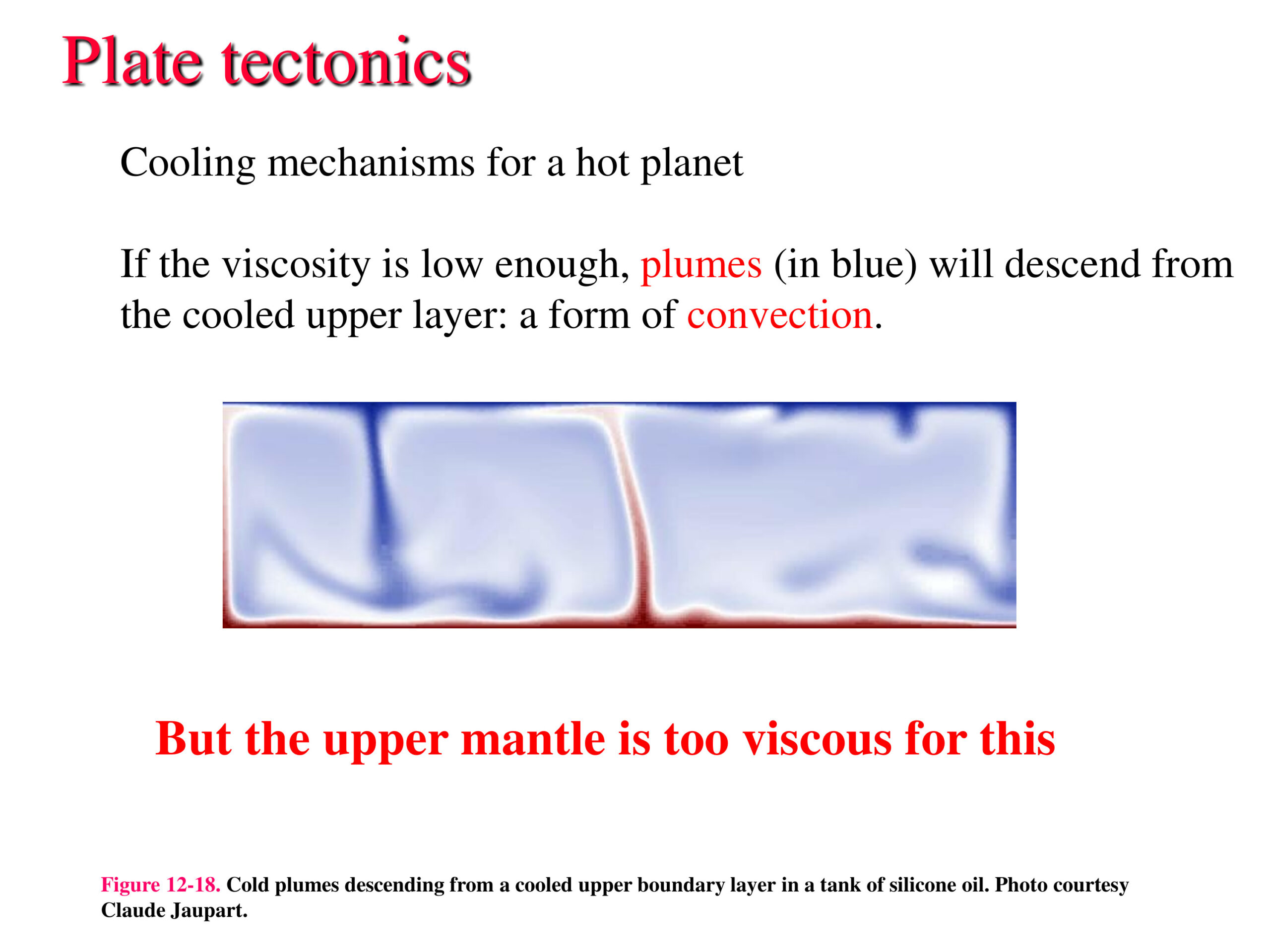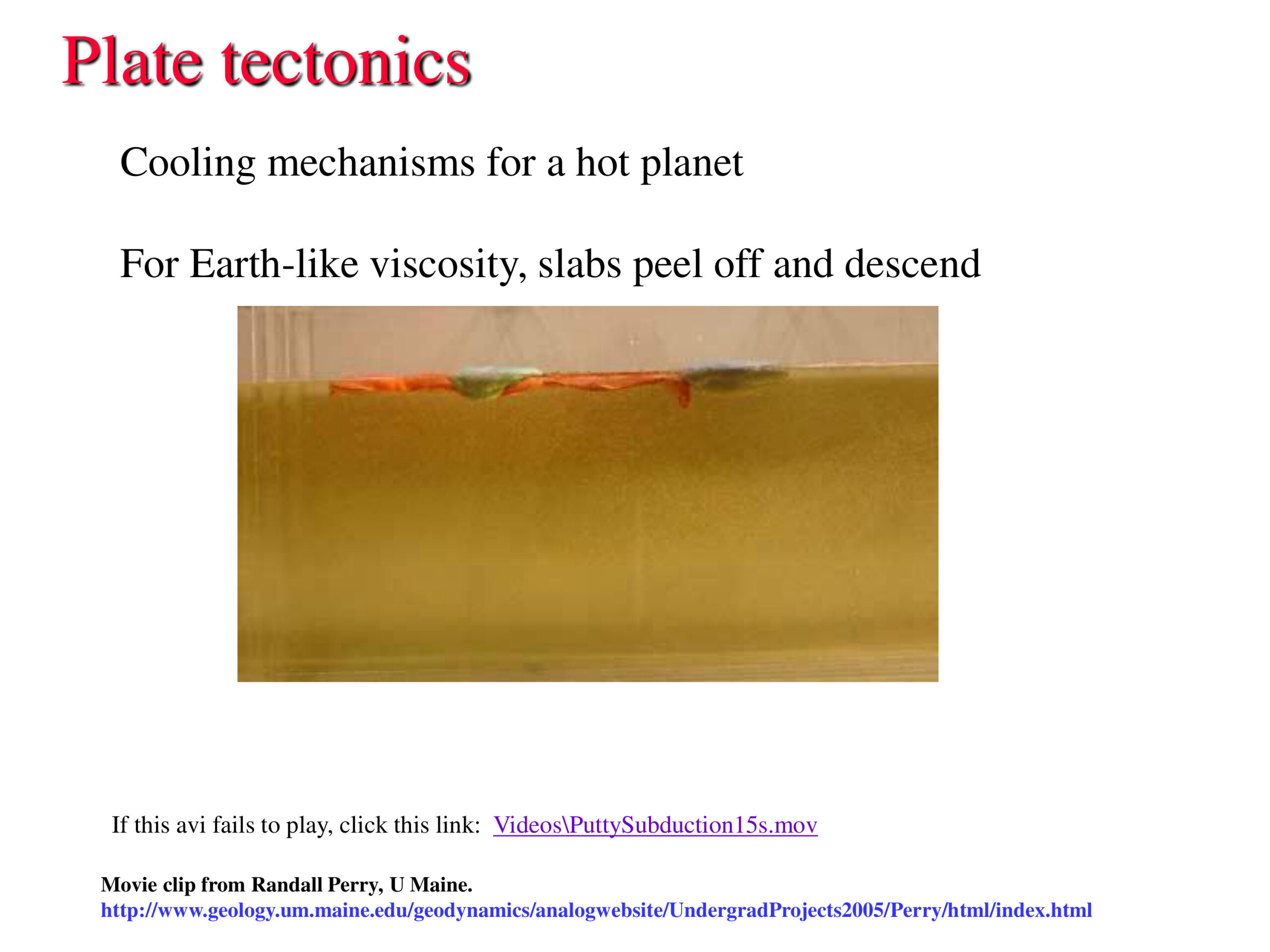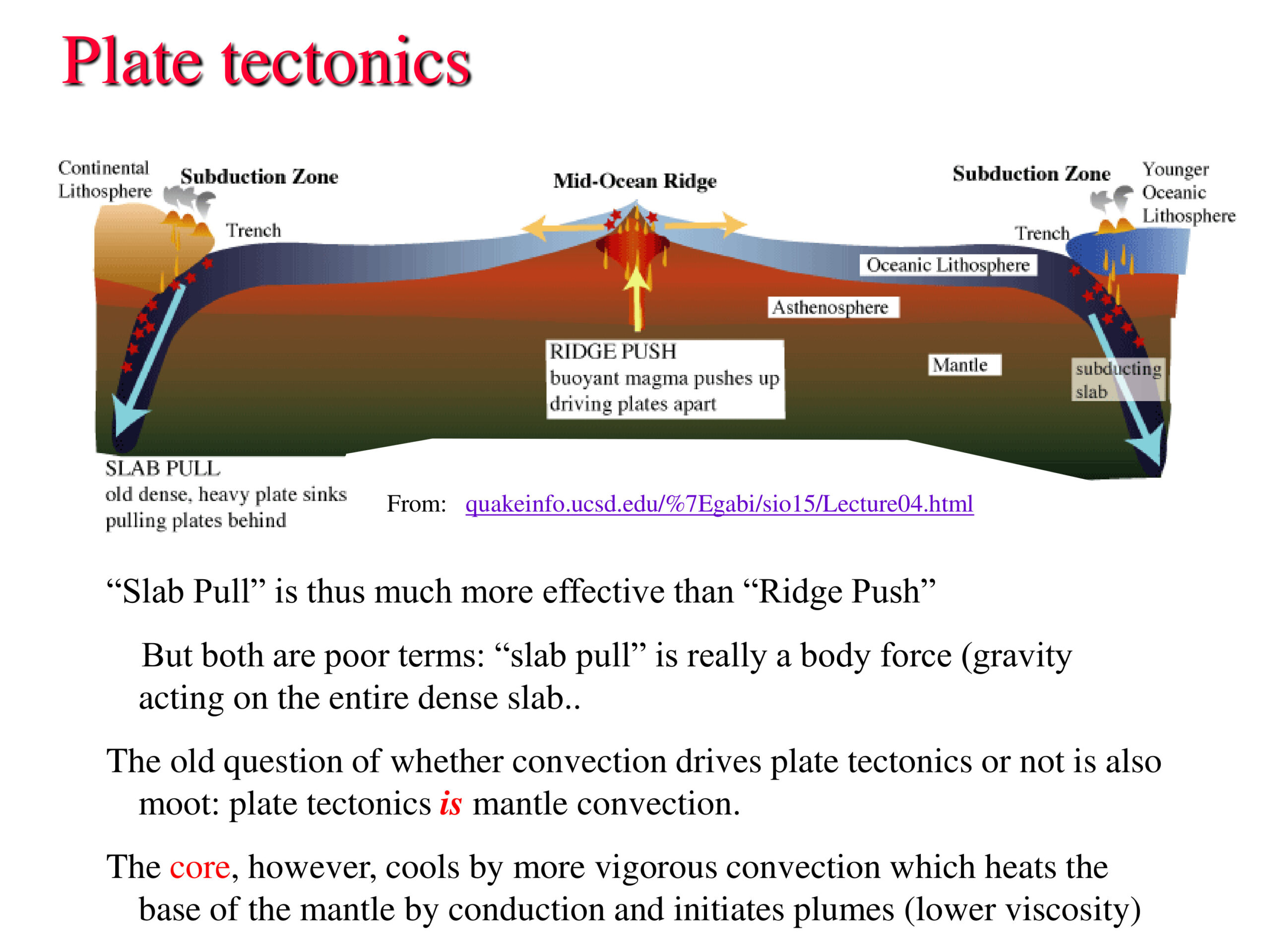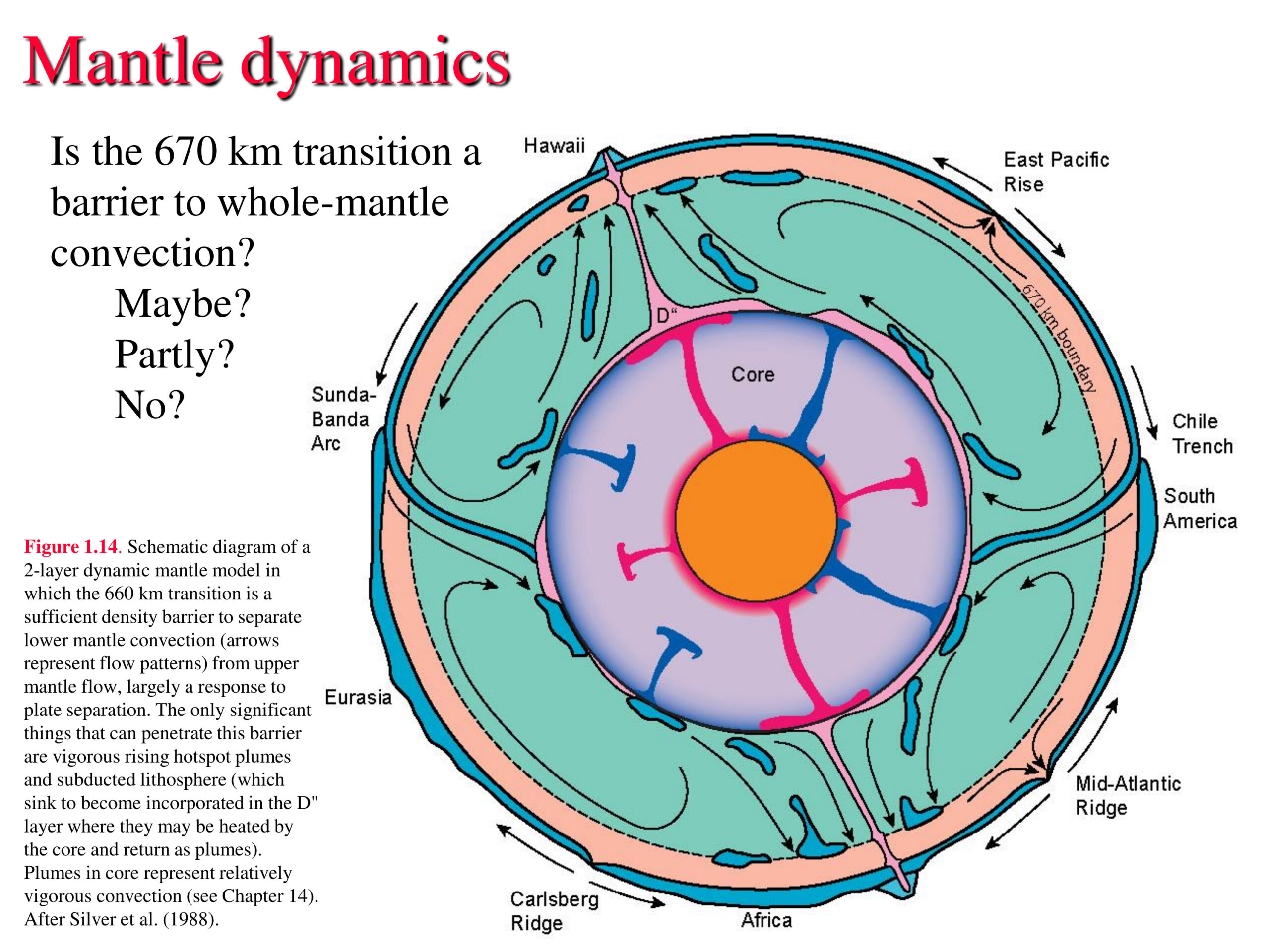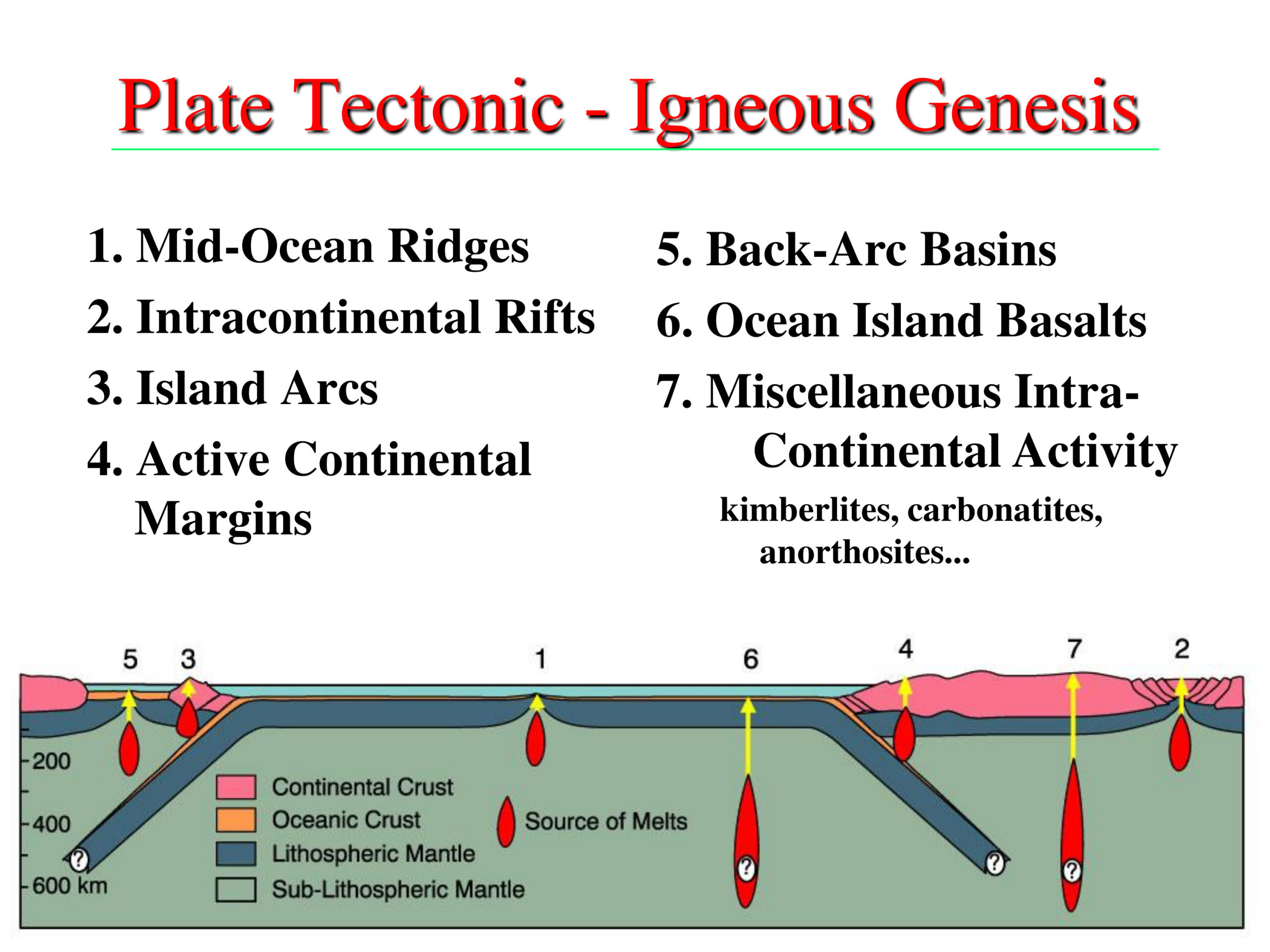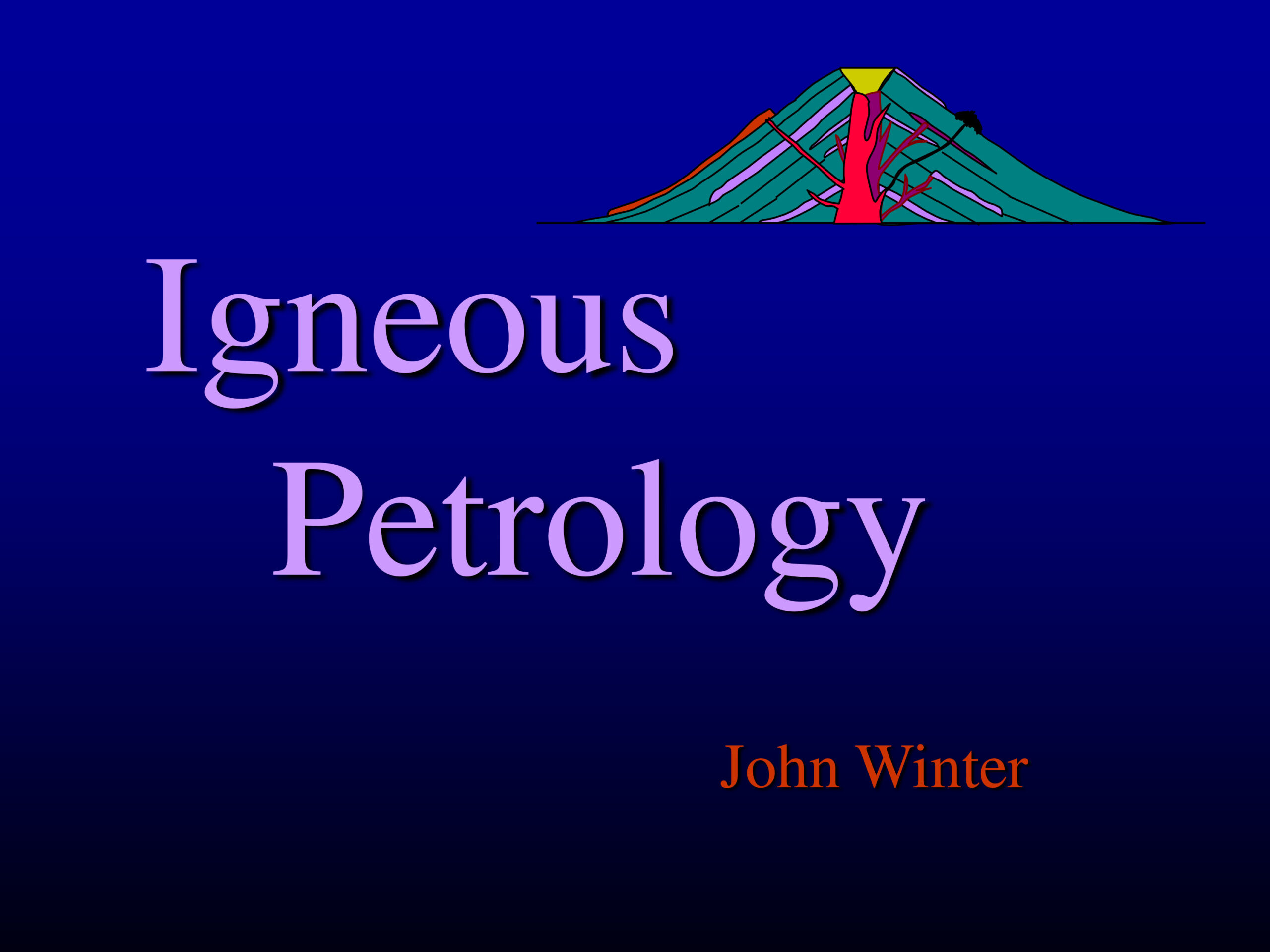

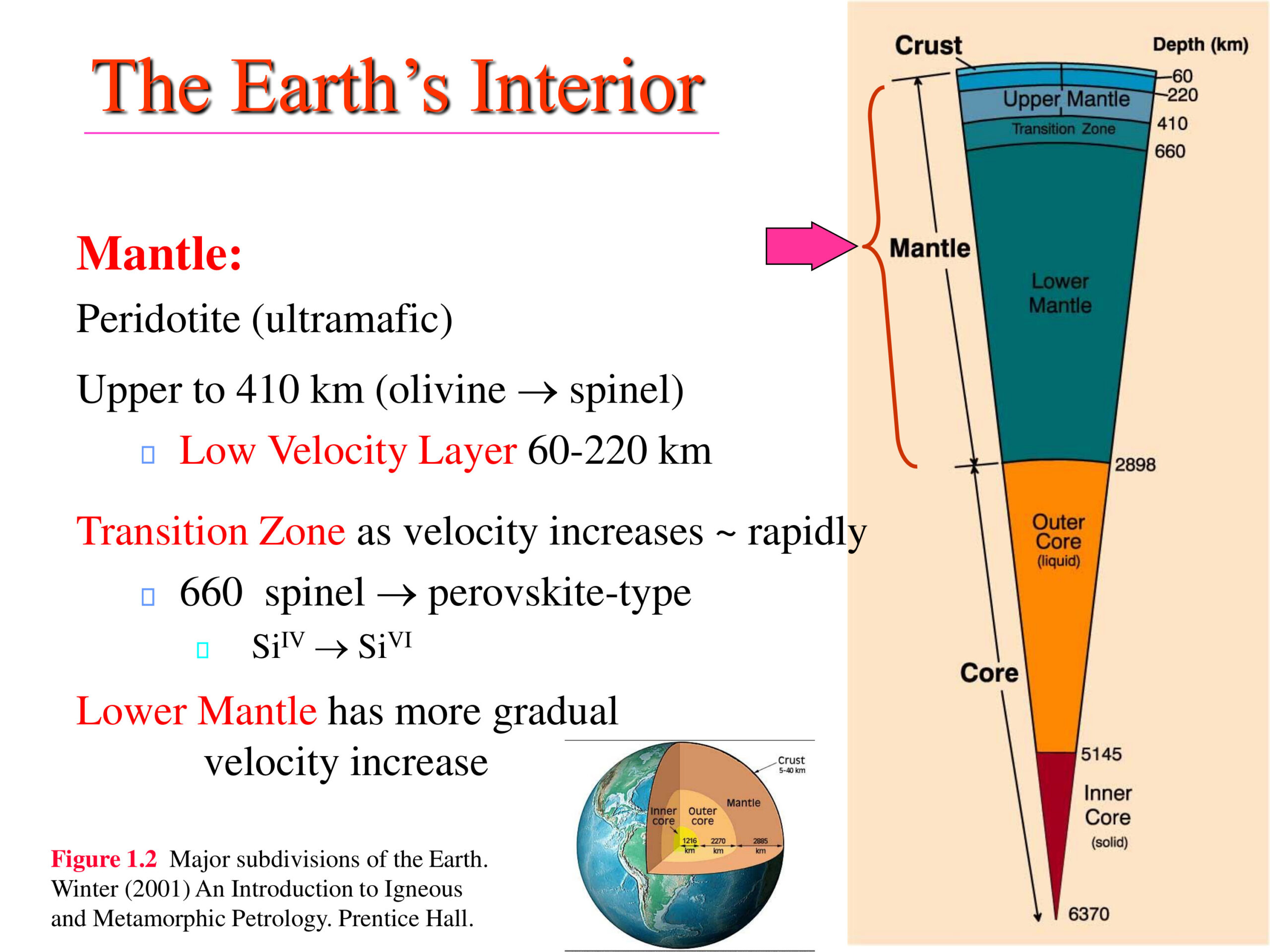
The Earth’s Interior: Oceanic vs. Continental Crust
The Earth’s outermost layer is the crust, which is divided into two main types: oceanic crust and continental crust. These two types differ significantly in their thickness, composition, and stratigraphy.
Oceanic Crust
-
Thickness: The oceanic crust is relatively thin, typically around 10 km thick.
-
Stratigraphy: It exhibits a relatively uniform stratigraphy, often described as an ophiolite suite. This suite typically consists of:
-
Sediments
-
Pillow basalt
-
Sheeted dikes
-
More massive gabbro
-
Ultramafic (mantle) rocks
-
Continental Crust
-
Thickness: The continental crust is much thicker than the oceanic crust, ranging from 20 to 90 km, with an average thickness of approximately 35 km.
-
Composition: It has a highly variable composition, with its average composition being similar to granodiorite.
General Structure (as depicted in the image)
The image also illustrates the broader structure of the Earth’s upper layers:
-
Lithosphere: This is the rigid outer part of the Earth, comprising the crust and the uppermost part of the mantle.
-
Asthenosphere: Located beneath the lithosphere, the asthenosphere is a hot, weak zone within the upper mantle.
-
Upper Mantle: The layer beneath the crust and asthenosphere.
The depth scale shown in the diagram indicates that the crust and upper mantle extend to depths of approximately 250-700 km.

The Earth’s mantle is primarily composed of peridotite, which is an ultramafic rock.
Based on the information provided in the image, the mantle can be further subdivided into several layers:
- Upper Mantle: This extends from the base of the crust down to approximately 410 km depth. Within this layer, there’s a significant mineralogical change where olivine transforms into spinel.
- Low Velocity Layer: A specific section within the upper mantle, located between 60-220 km depth, is characterized by a decrease in seismic wave velocity.
- Transition Zone: This zone, found between 410 km and 660 km depth, is where seismic velocities increase rapidly. At 660 km, spinel transforms into a perovskite-type structure, and there’s a change in silicon’s coordination from SiIV to SiVI.
- Lower Mantle: Below the transition zone, the lower mantle extends from 660 km down to 2898 km. In this layer, the velocity increase is more gradual.
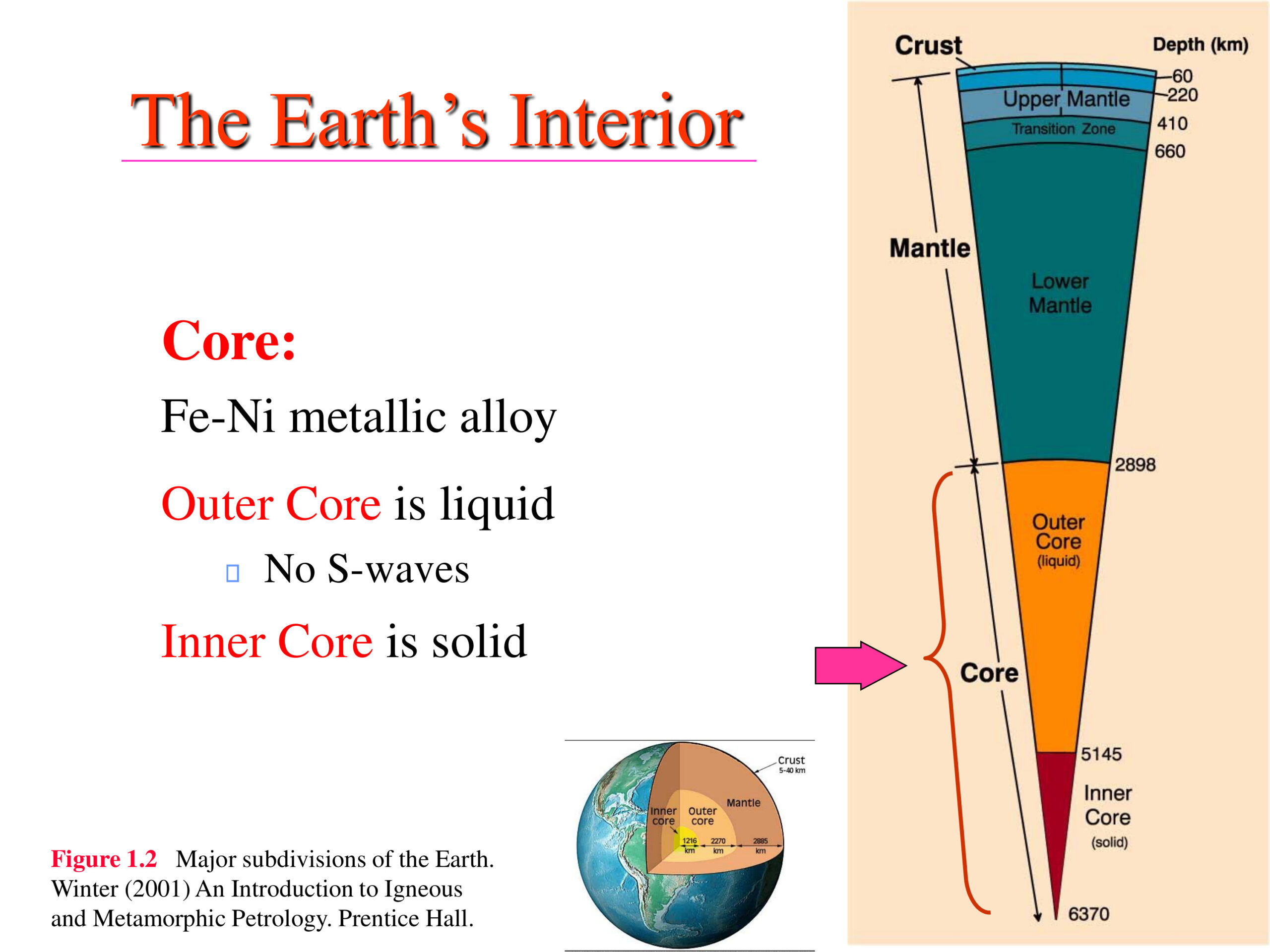
The Earth’s core is primarily composed of an Fe-Ni metallic alloy (iron-nickel metallic alloy). It is divided into two distinct parts:
- Outer Core: This layer is liquid. A key characteristic of the outer core is that no S-waves (shear waves) can pass through it, which is a primary indicator of its liquid state. It extends from approximately 2898 km down to 5145 km depth.
- Inner Core: This layer is solid. It is located at the very center of the Earth, from approximately 5145 km down to 6370 km depth.
